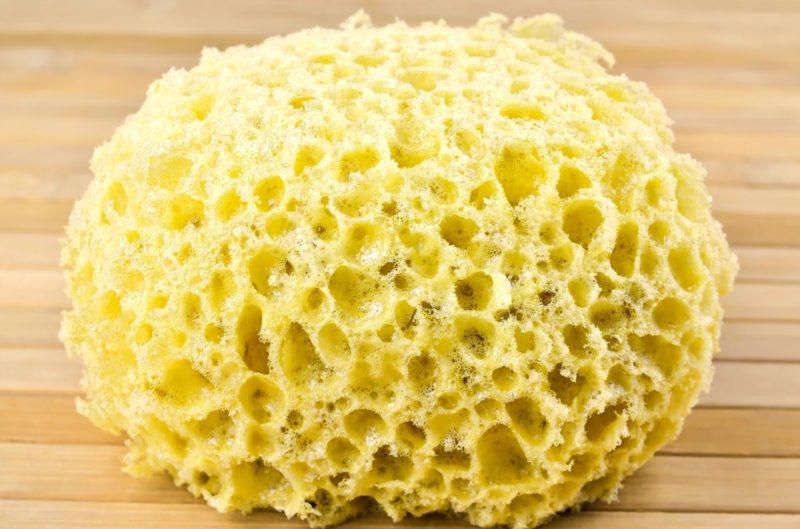Besides the classical triad of Solid, Liquid and Gas, the esoteric Plasma, Bose-Einstein Condensate, the Fermionic Condensate, and a few other elusive synthesis actions, exhaust the loose definition, defined as “Physical States of Matter”.

Most of these latter discrete states are esoteric, merely crossovers of parametric thresholds that translate to the casually-inexplicable microscopic phenomenon, the muse of particle physicists, and typically involving contortions of or total departure from, normal, everyday behavior to becoming of niche interests. These warped extremes are just too twisted, for a layman, to wrap one’s head around, even superficially. However, the recent most discovery, albeit having intricate underlying, governing dynamics, is non-causally, property-wise much more lucid.
An avant-garde simulation machine with advanced machine learning paradigms were used in order to model the behavior of hundreds to thousands of potassium atoms, after deducing behavior and patterns from quantum mechanics and a few atoms-scale simulations.

“It would be like holding a sponge filled with water that starts dripping out, except the sponge is also made of water,” Andreas Hermann, a condensed-matter physicist at the University of Edinburgh and a co-author of the research study was quoted as having stated. The groundbreaking insightful probe conducted by a University of Edinburgh Physics & Astronomy Department team was elucidated to the Proceedings of the National Academy of Science, in mid-April.
The distinct and discrete existence of this state of matter and its suspected simultaneous exhibition of liquid and solid behavior was confirmed with the aid of Artificial Intelligence. The scientist was very particular and cautious about the disjointness thereof.
A bulk of such material, if and when procurable, has been theorized to seem a solid block leaking molten potassium with eventually all of it dissolving away, and running off.

In the early 2000s, scientists discovered that Sodium under very high pressure, as that deep-under the Earth, exhibited queer vagrancies from normal, losing its characteristic silver opacity to become transparent, and becoming a dielectric (insulator), instead of the usual conduction trait, salient of metals. This was owing to a radical rearrangement of its crystal structure, as discovered using X-Ray crystallography. This lattice inflection was then suspected for other metals of the family, like potassium, as well, and subsequently confirmed.
The computer models confirmed that between about 20,000 and 40,000 times atmospheric pressure and approximately 130 to 530 degree Celsius, the potassium entered what’s called a chain-melted state, in which the chains dissolved into a liquid while the remaining potassium crystals stayed solid.
This is the first instance that such a state was established to be thermodynamically stable for any element. The novel techniques used in the research shall also be of direct and proactive utility to future endeavors in geology and, stellar & planetary astronomy.
